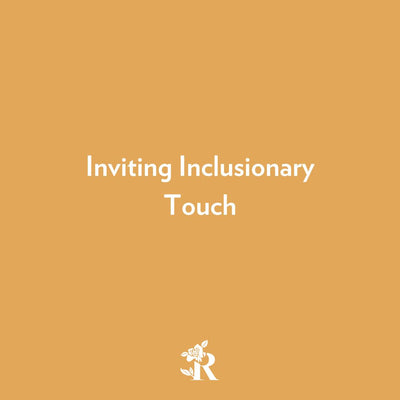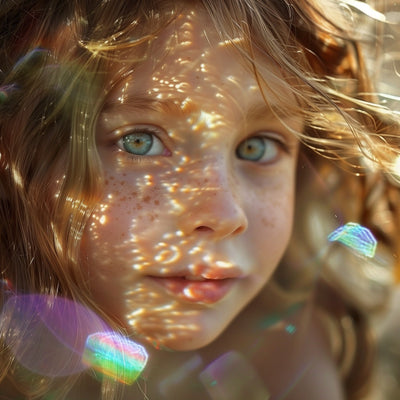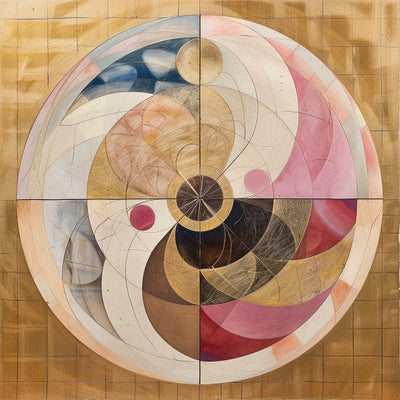Chapter 1, Part 2, Biology: What is a girl, anyway? (9 Lives)
This article is part of a weekly series adapted from our latest book "The Nine Lives of Women" by our founder, Christine Marie Mason.
From Chapter 1: Girl Child (Birth to Menses)
Chapter 1, Part 2, Biology: What is a girl, anyway?
While the eventual sex of the baby is, in theory, determined at conception, all fetuses begin structurally as girls. The presence of the Y chromosome, particularly a section of the Y chromosome (a gene called SRY), instructs the fetus to develop into a boy in the 9th week after fertilization. Before differentiation, all fetuses have "bipotential gonads". As they grow, these gonads become testes in boys and ovaries in girls. In an XY (or boy) fetus, another gene known as SOX9 provides instructions for making a protein critical in developing a boy’s testes. Without the SOX9 gene, the testes will not develop, even with XY chromosomes. The opposite is true for an XX baby girl. The girl embryo will develop testes if SOX9 genes send out high protein levels. Without any SOX9 enhancers, boy babies develop ovaries.
Scientists now know of seventy-six different kinds of documented intersex babies, meaning a baby that has a combination of male and female sexual chromosomes and/or parts at birth. While this represents only one percent of babies born, it's still over 1.3 million people a year worldwide. Up until the 1980s, doctors had to decide on an intersex child's gender assignment before the child left the hospital- often doing surgical modifications- and often without a parent's consent.
While a fetus is growing in utero, another gender-determining element happens: a wash of hormones that determines a child's brain chemistry and gender identity.
Sometimes, a developing child with a girls' parts will experience a wash of male hormones (or vice versa; a developing boy will be bathed in female hormones).
When the child's outside sex organs and inside hormonal environment don't align, gender misalignment or androgyny occurs. In some Native American traditions, the people who exhibit the qualities of both genders are called Berdache or, more recently, “two-spirit.” These people are considered a shamanic gateway, playing a unique role in the culture of bridging the genders—a role valued across many indigenous communities around the globe.
For Native Americans and Tahitians, Māhū is an intermediate state between man and woman or a person of indeterminate gender. Some traditional Diné Native Americans of the Southwestern US acknowledge a spectrum of four genders: feminine woman, masculine woman, feminine man, and masculine man. The term ‘third gender’ has also been used to describe these gender-blended members of societies worldwide, such as the hijras of India and the fa'afafine of Polynesia.
When a child is born with all internal organs, outer parts, and gender identity in alignment, aligning, they are called “gender congruent.” Or CISmale or CISfemale.
CISgender girls still have a wide variation in where they sit on the continuum of “masculinity” or “femininity”—both of which are arbitrary terms. All people combine some elements of strength and receptivity. This gives us the remarkable ability to drop the idea that girls should behave in one way or another. Being uber-nurturing towards dolls or pets or climbing a tree and clawing your way through a tunnel should be accepted and celebrated as a celebration of individual identity, not gender expectation.
We can invite our children to be utterly themselves: the natural out-picturing of their real and true essence, spirit, and dharma. We can invite the dissolution of cultural gender stereotypes (in terms of toys, jobs, and interests). We can trust that if something exists in nature, it has a purpose, reason, and role to play.











